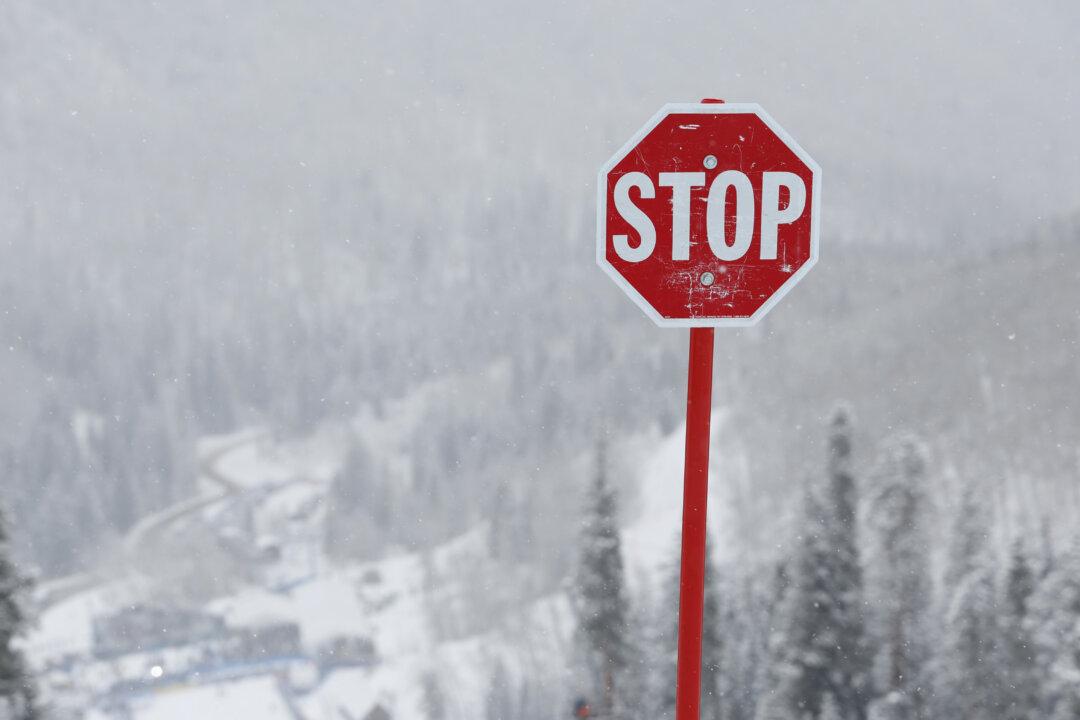Atmospheric rivers that have been lashing the Pacific Northwest of the United States have prompted winter storm warnings in 11 states, with more heavy rain, snow, and strong winds predicted in the days ahead.
The warnings are currently in effect for parts of Colorado, Idaho, Maine, Nevada, New Hampshire, New York, Oregon, Utah, Vermont, Washington, and Wyoming.





